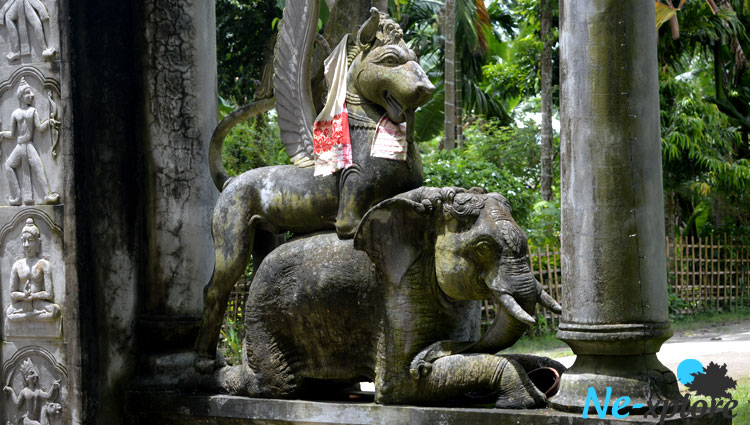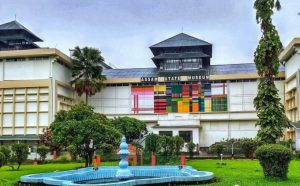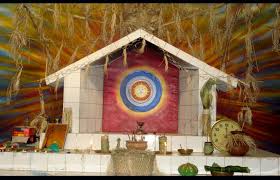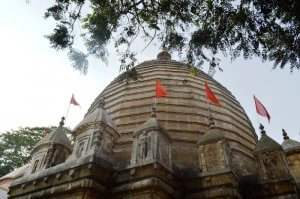Majuli is an enchanting beautiful island on the river Brahmaputra in Assam, it is the home to rich cultural heritage and art forms. It is here that the Neo-Vaishnavite culture in Assam is still preserved in their truest forms even now by the dedicated and devout monks(vakats). The quaint little village is subjected to flooding and erosion every year but thanks to the natural and cultural abundance, travelers from around the world visit this island. The island is also working towards getting a World Heritage site status.
Neo-Vaishnavite Movement – The Socio-Cultural Reforms:
From the fifteenth century under the efforts of Srimanta Sankaradeva, the Neo-Vaishnavite culture got its birth here. He was responsible for the launch of Sattras, or monasteries around Assam, which spearheaded the Neo-vaishnavite movement here in Majuli. This is a religious movement, which helped in spreading the religion to the common person with songs and folklore. He had by his side, his follower Madhavdeva who too helped the Sankaradeva Movement a success with his contribution to the spreading of message of Lord Vishnu to the tribes here. Back in those days, when malpractices and superstitions gave birth to unruliness, and barbaric nature, the Neo Vaishnavism brought people on track. Slowly, Neo-Vaishnavism took shape of social reform, and thanks to its proper nature of reaching out to addressing social evils.
The Sattras then and now:
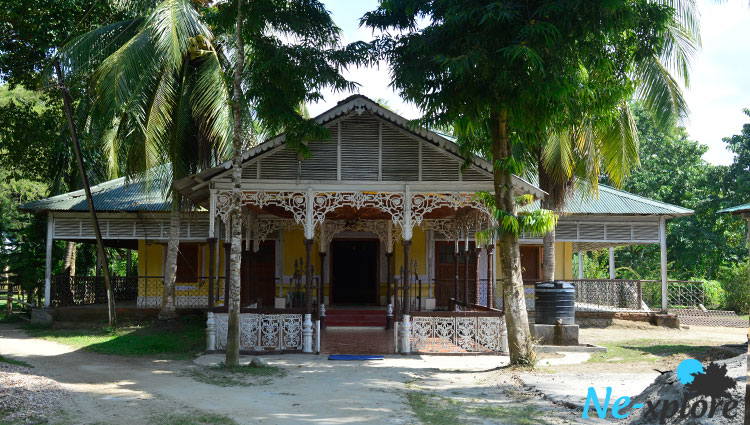
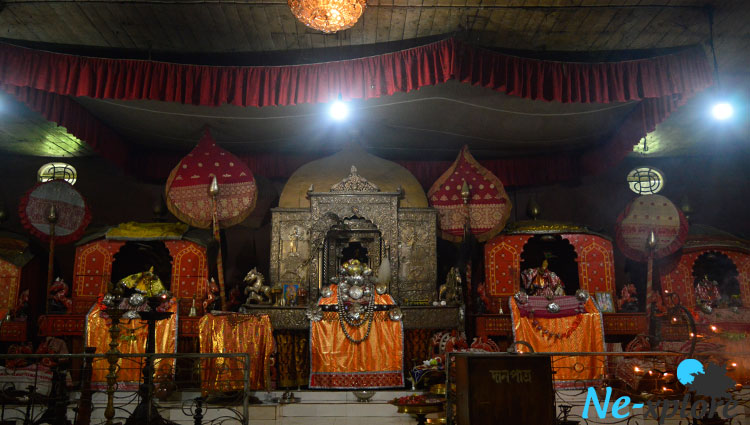
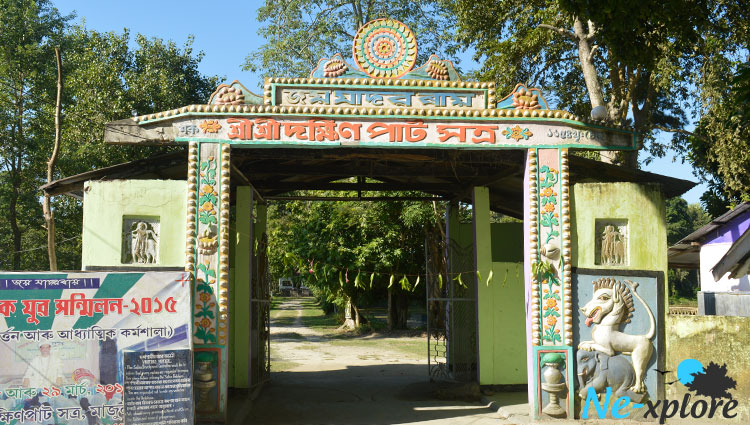
A trip down the Neo-Vaishnavite Movement in Assam will be incomplete without mentioning Majuli island. It was here in Majuli that the saint Sankaradeva had spent a few months in West Majuli. He had set up many Sattras here.
Around sixty-five Sattras were the originals of the Majuli Island and out of them, at present thirty-one Sattras are present and recognised too. Kamalabari Satra, Sri Auniati Satra, Dakshinpat Satra, Garamurh Satra, and Samaguri Satra are present right now and perfect for knowing more about the times of Sankaradeva and the heritage of Neo-Vaishnavism in Majuli.
Masks of Majuli – The Splendid art form:
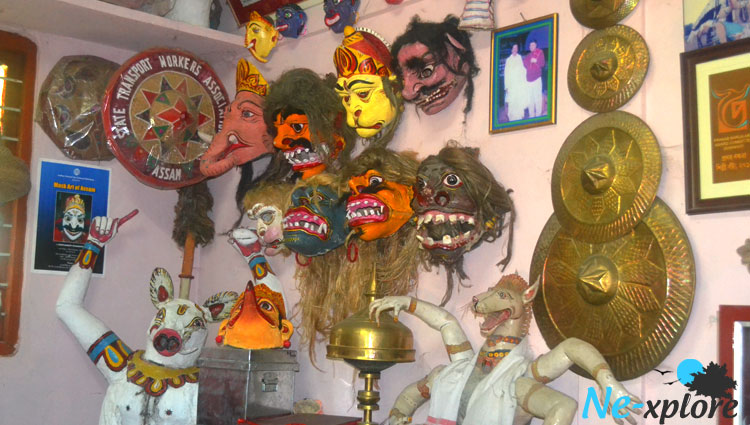
Mask art of Majuli Island
Majuli, in spite of being a very small island is a valuable contributor to art and culture in Assam. The art of making masks has survived the tide of time. Even now, these big masks can be seen made in almost many of the households in Majuli. The masks are made of clay, cloth and bamboo. They are of characters from Ramayana or Mahabharata.
Neo-Vaishnavism has to be credited with this art form’s development since many of the master craftsmen are from the existing Sattras only.
Three types of masks are available – the Cho mask, which is the biggest and these are made with body too along with face, the Lotokai Mask and the Mukha Masks too.
The Monks at the Sattras:
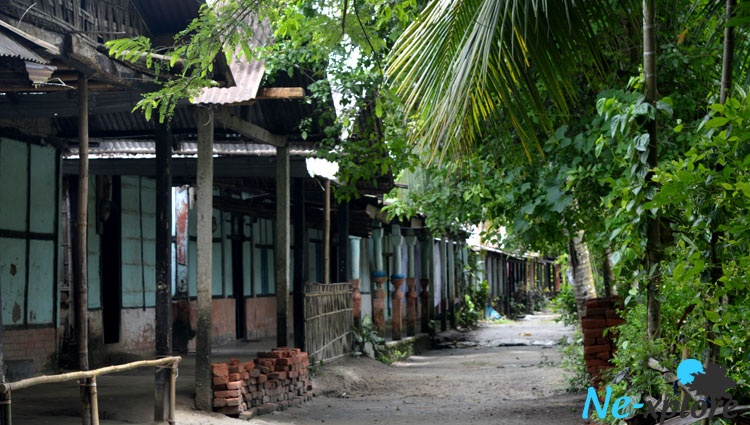
Travelers who visit the Sattras also get a chance to see the Dancing monks or the Vakats who live and dance while singing praises to Lord Vishnu. They dance with the traditional drums hung from their necks and with rhythmic beats and steps to match the same while being absorbed in the song.
Through their songs and dance, these monks give discourses on the life and times of Lord Krishna among the other avatars of Lord Vishnu. A visit to Majuli would indeed be incomplete without visiting or listening about the Sattriyas from these monks themselves. So, the next time you visit Majuli, take a day off and just soak yourself in knowing more about the culture from close quarters.
In these Sattras, it is very usual for you to come across young boys who have become monks. They come inside the Sattras, and they live here as celibate monks all their life and when they are twenty years of age, they choose another young boy in to the Sattras. This is the best practice to preserve the age-old tradition of Neo-Vaishnavite system. These young monks learn Yoga, read the scriptures and are totally immersed in the parables and religious doctrines in Neo-Vaishnavite system.
The Raas Mahotsav:
How can you separate Vaishnavism from Raas? Raas Leela or Raas Mahotsav is very intrinsic to the Neo Vaishnavite movement also. Today, even if you happen to tour Majuli during Raas Purnima days, you shall see for yourself the colorful festival and the entire village livening up. The village is all decked up in colors and several events are lined up of great cultural importance.
Wetland and eco-tourism in Majuli:
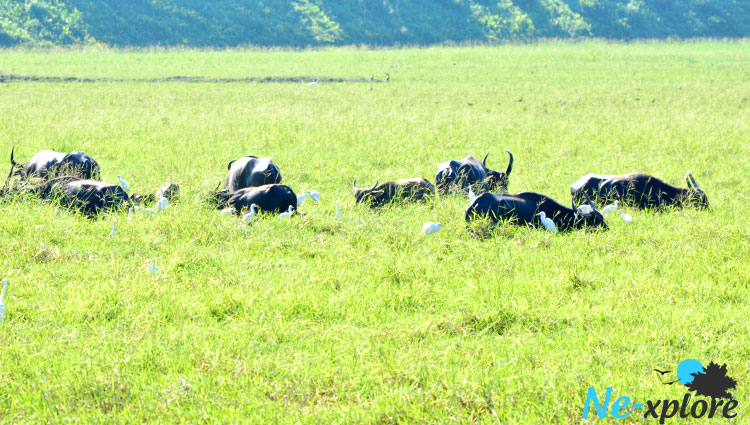
One of the biggest percentages of tourists and travelers comprise of bird-watchers and naturalists. There are people who flock to see the migratory birds that come here in the Brahmaputra basin to see the Siberian crane, pelicans and Whistling teals. Though the government understands the problem of erosion that is eating away the landmass every year, steps are being taken to curb that too. Do not miss out the Chakoli beel or the Vereki beel for some birding experience. The best way to enjoy the entire tour of Majuli is by going on a Majuli tour organized by Nexplore Travel that offers accommodation facilities along with local guided tours to some of the most interesting places imbibed in culture and history.
A very noticeable point is that Majuli is free from pollution and the nearest city is Jorhat, which makes the island very quaint and literally far removed from all kinds of madding crowd.


